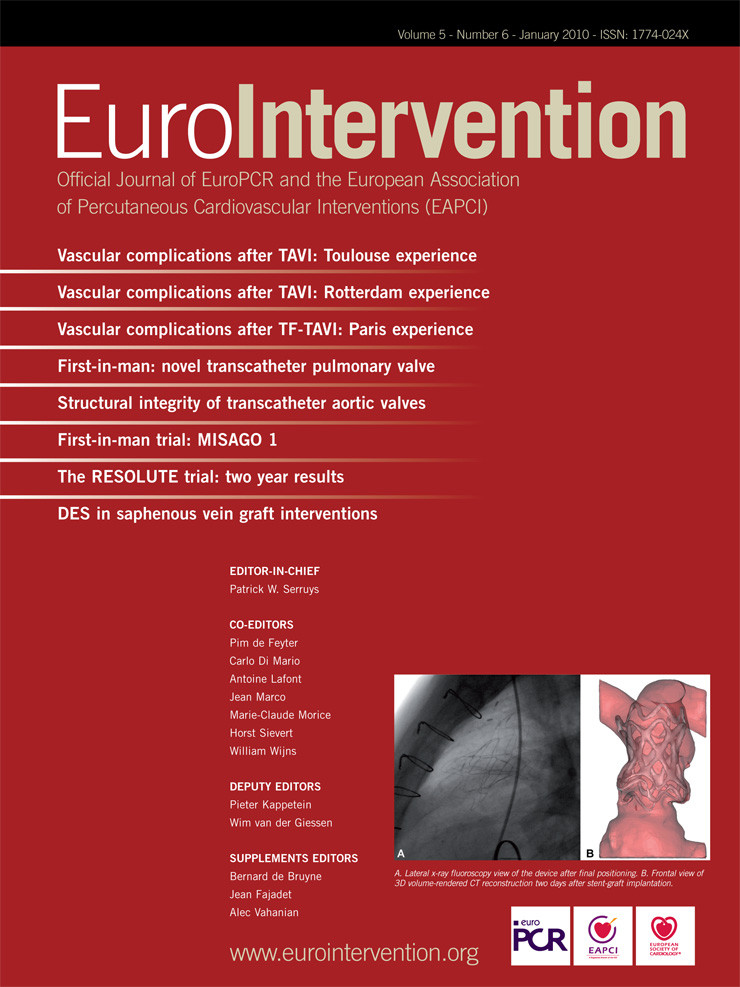Over the last 70 years much of the advancement in medicine has been due to the introduction of medical devices. In the early days of cardiac surgery, new devices were developed and introduced into clinical practice when the clinician/researcher was happy and confident to move to the first patient application. The consenting of the patient played only a very minor role, and regulation did not exist.
As we know, in order to put the benefits for the patient first, and possibly protect the patient, this process has changed and regulation was introduced so that the decision over whether or not to go forward with new technology in clinical practice is no longer left solely in the hands of the clinician/researcher.
For the regulator, the delicate problem is always how to strike the right balance between protecting patient safety, whilst at the same time not hampering medical technological development that may ultimately help save many patient lives. Some instances, such as the Bjork Shiley heart valve, which led to numerous patient deaths because of failure in a new generation device,1 showed that the testing requirements imposed by regulation were possibly not tight enough. And whilst there are no explicit examples of too tight regulation preventing valid technology development with clear benefit to patients, it is likely that such instances occur because of today’s regulatory burdens that are tremendous and often too difficult to master for small companies who try to bring their ideas forward. The bigger and more fundamental the innovation, the higher one has to jump to master the hurdles.2
Regulation is usually based on a comparison with pre-existing technology. If pre-existing technology does not exist, more weight is placed on the results of animal experiments. It is unsettling to see that if today’s standards were to be applied to previous technological developments, some major innovations that have been introduced in the last century would not have become products. For example, had today’s medical regulatory rules existed in the 1940s, when hip replacement was first introduced into clinical practice, they would have not allowed for such an important innovation to be brought forward. At the time, no previous device existed for a relevant comparison, and as there are no practical biped animals, no comparable anatomical model existed for testing the loading conditions to which the device would be subjected, ruling out useful animal testing.
For the introduction of transcatheter heart valves in aortic and pulmonary position, there was also only limited value in the comparison to previous technology. The aortic valve insertion was aimed at patients who really did not have surgical options, which made the comparison to surgery futile.3 The pulmonary valve was introduced to prolong the benefit of the surgical result by prolonging the function of a surgically positioned valved conduit once its valve had degenerated.4 Once again surgery was not a good comparison. Further, for the transcatheter aortic valve, the absence of animal models for calcific aortic stenosis did not allow for the anchoring of the device in the experiments in a clinically relevant fashion. For the pulmonary valve the large variety of anatomical situations of the right ventricular outflow tract in previously operated patients also made animal experiments little relevant.
A potential alternative to introduce new techniques and devices is to go outside the ‘geography’ of the well-developed regulatory environments. Unfortunately, this is nowadays common practice, with several innovators trying to introduce new medical technologies in less favourable socio-economic environments, without appropriate preclinical testing and, on occasions, at inappropriate risks for the early individual patients. This is clearly not the right way to handle these issues. However, one cannot dismiss that on some occasions this has led to later acceptance of new technologies in the broader medical practice, in all countries, to the clear benefit of large patient populations. This phenomenon obviously presents an important ethical conundrum.
With the intention to provide the best for our patients, the regulatory process must allow for groundbreaking innovations without accepting unreasonable risks for patients. In some situations, neither comparison to previous technology nor animal testing alone can provide a sound approach to the technical and anatomical situations likely to be encountered in clinical settings. The paper by Schievano et al5 describes the development of new methodologies which give the possibility of testing new devices using techniques that can mimic the human situation. With better understanding of the opportunities of these new computer aided simulations one might be able to predict device behaviour more accurately than with conventional bench and animal testing and enable to safely introduce devices into early clinical practice.
Animal experiments can certainly not account for the breadth of anatomical situations encountered in the clinical setting of right ventricular outflow tract dysfunction studied by Schievano et al. Further, the dynamics of native tissue in animals presents different behaviour from the tissue in the previously operated patient who possibly has extensive scarring of the pulmonary trunk.
In this edition of the Journal, the authors report the first clinical application and more importantly the technical strategy for the introduction of new percutaneous valve technology for the dilated, native pulmonary trunk not based on animal experimentation and bench testing alone. Their findings led to a successful implantation utilising an integrated, as opposed to stepwise, approach to pre-clinical and clinical testing. This may have the potential to alter how some medical devices are brought into practice. Whilst this labour intensive approach would not be sustainable in the general clinical setting for every individual patient, it represents a potentially safer and more applicable manner for testing clinical feasibility of new devices before transferring the technology safely into the large clinical practice.

